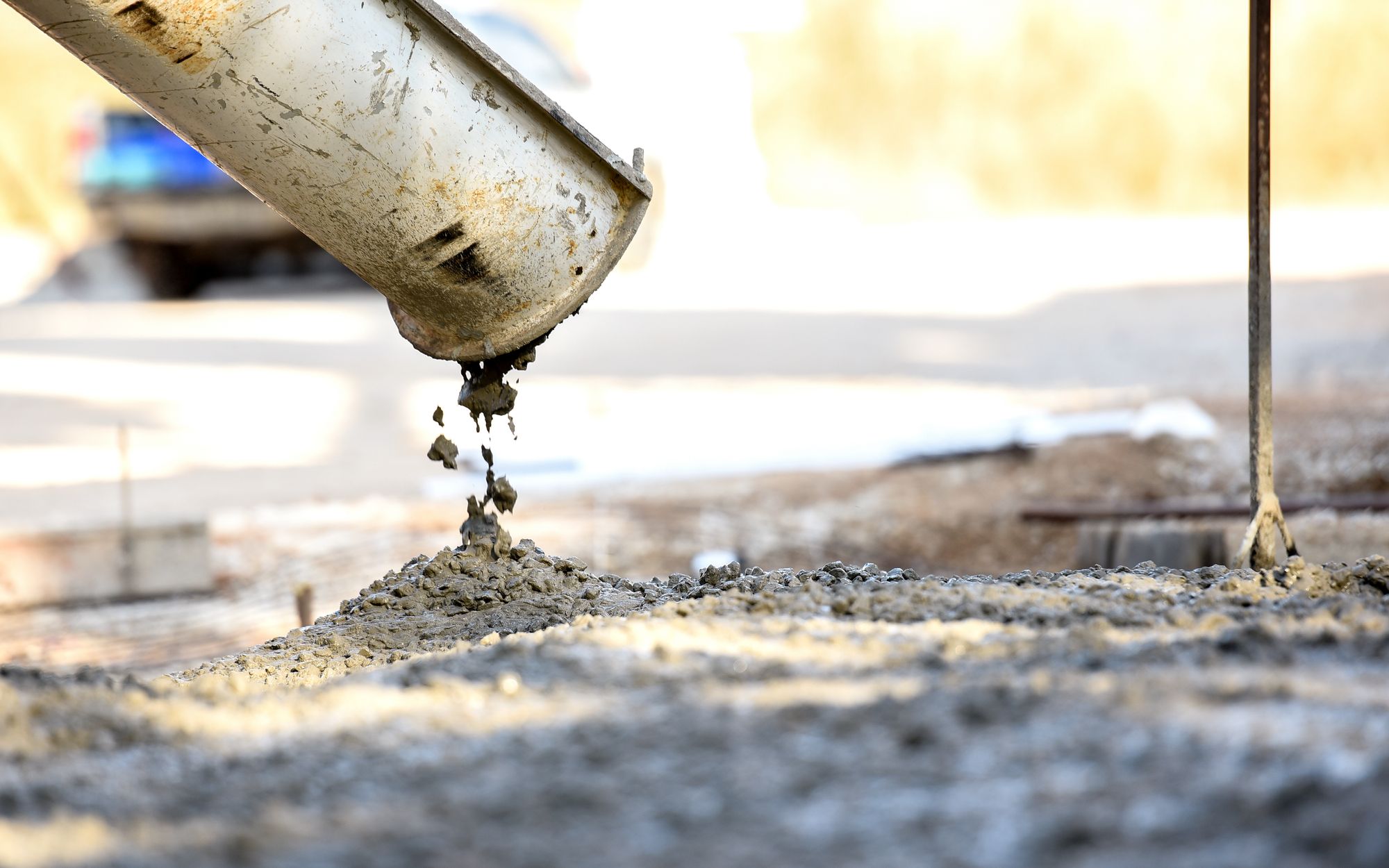The construction industry, once thought incredibly technology-averse and conservative, is experiencing a surprising amount of innovation. Today, it’s tough to find a company that hasn’t appointed an innovation director or isn’t implementing some new technology across its projects.
As the industry opens itself to innovation, more and more companies seek to address its challenges, which have stayed the same for many years: The industry is complex and increasingly expensive (especially as manpower now receives better pay and social benefits) and usually is characterized by inflated costs, hampered productivity and schedule overruns.
The new technologies that are emerging are extremely varied, from virtual reality and machine learning to IoT and data analytics. There are countless opportunities to develop niche solutions that can have a large-scale impact on the industry as a whole.
One such example is the automated collection of in-situ concrete temperature. Companies typically need to take samples from their concrete pours, send those samples to laboratories to be periodically tested and then await results from a third party. Consequently, the seemingly simple act of collecting in-situ temperature can have a meaningful impact on productivity.
Leveraging Data = Improved Project
By collecting real-time data, teams reduce idle time onsite. The in-situ temperature can be translated into compressive strength, which makes early strike cubes redundant. Teams know exactly when their concrete has reached strength and can strike their slabs faster, reducing the time needed for each concrete cycle and, ultimately, the project as a whole.
Collecting temperature data can also assist with tracking temperature differentials. When temperature differentials between the core of the slab and the perimeter exceed a certain range, thermal cracking can occur in the concrete. The ability to track the differentials provides time to use preventive measures to reduce the temperature differential (e.g., frost blankets or pouring water over the top). Tracking the differentials can not only be used to keep the structure safe but also as proof that cracking did not occur.
Another benefit to the collection of temperature data is that it allows site teams to achieve a much higher level of quality regarding their concrete than previously achievable. The same sample cubes mentioned above are kept in conditions that don’t reflect the environment of the actual pour. Where the temperature of the pour environment can vary depending on the weather, the cubes are kept in static lab conditions of 20 degrees Celsius. Consequently, decisions are being made based on samples that don’t mature at the same rate as the actual slab. This misinformation can be dangerous to schedules, as striking at the wrong time can lead to unnecessary delays.
Using Data For The Bigger Picture
Once data has been collected on a certain project, it can be leveraged to drive insights and make other decision processes more informed than previously possible.
Optimizing the mix design is one such process. Every engineer knows concrete cures slower in winter than in summer, but few can say exactly how that affects the project. Recent research has shown that the variability in curing times between seasons can reach up to 700 percent. Historical data on the performance of mix designs during different seasons can be leveraged to inform teams regarding future projects. Using the correct mix design in each situation can be incredibly valuable to a project, enabling the team to save time on otherwise under-performing mixes, and save money on otherwise over-performing mixes.
Needless to say, tendering is commonplace in the industry. Contractors’ ability to submit an attractive, competitive and accurate bid can be greatly increased when they have strong data to back it up. Collecting temperature data can shorten program time. Using the data and technology to turn improved performance into a predictable and repeatable process allows a company to be confident it will stay on schedule when committing to a timeframe in its bid—and avoid penalty fees.
The disruption of the construction industry taking place these days is only the beginning. All the benefits featured above can be achieved by measuring one simple data point: concrete temperature. There are also numerous benefits that can be achieved by measuring other in-situ data points such as PH levels and humidity, and a world of different benefits that can be achieved by collecting and analyzing other data onsite.







